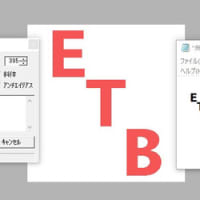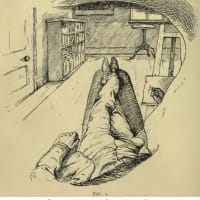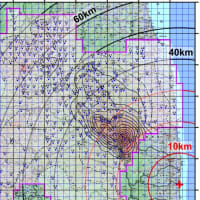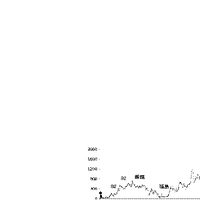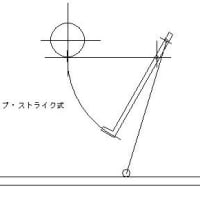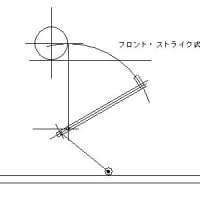"特許出願用「モデル」"
["applicant for a patent" model] Search results
"applicant for a patent" utility model -china america OR "US"
["applicant for a patent" "utility model" -china america OR "US"] Search results
Smithsonian utility model. patent
Smithsonian "patent model"
Smithsonian "patent model"" Sholes
Shoebox Comptometers
["applicant for a patent" model] Search results
"applicant for a patent" utility model -china america OR "US"
["applicant for a patent" "utility model" -china america OR "US"] Search results
Smithsonian utility model. patent
Smithsonian "patent model"
Smithsonian "patent model"" Sholes
Shoebox Comptometers
http://patentmodelassociation.com/story.html
Patent Model Association
"The Patent System added the fuel of interest to the fire of genius."
Abraham Lincoln
Foreword
On April 10, 1790, President George Washington signed the bill that laid the foundation of the modern American patent system. Three years earlier, at Philadelphia, the Constitutional Convention had given Congress the power…
"to promote the progress of science and useful arts by securing for limited times to authors and inventors the exclusive right to their respective writings and discoveries."
The American patent system was the first to recognize by law the inherent right of an inventor to limited protection and to provide for the systematic examination of applications. It has become the model for the patent systems of numerous foreign countries. Truly, as Abraham Lincoln said, the patent system has added the fuel of interest to the fire of genius.
The Story of the Patent and Trademark Office
1790
Act of April 10, 1790
Among the Provisions of the Act:
· The subject matter of a U.S. patent is defined as "any useful art, manufacture, engine, machine, or device, or any improvement thereon not before known or used." To apply for a patent a specification and drawing, and-if possible-a model, must be presented.
Some Provisions of the Act of 1836:
· To obtain a patent an applicant must file a specification, a drawing, and a model.
After 1880, however, models were no longer required. In later years the historically most interesting of these models were used for exhibition purposes by the Smithsonian Institution, where they may be seen today.










